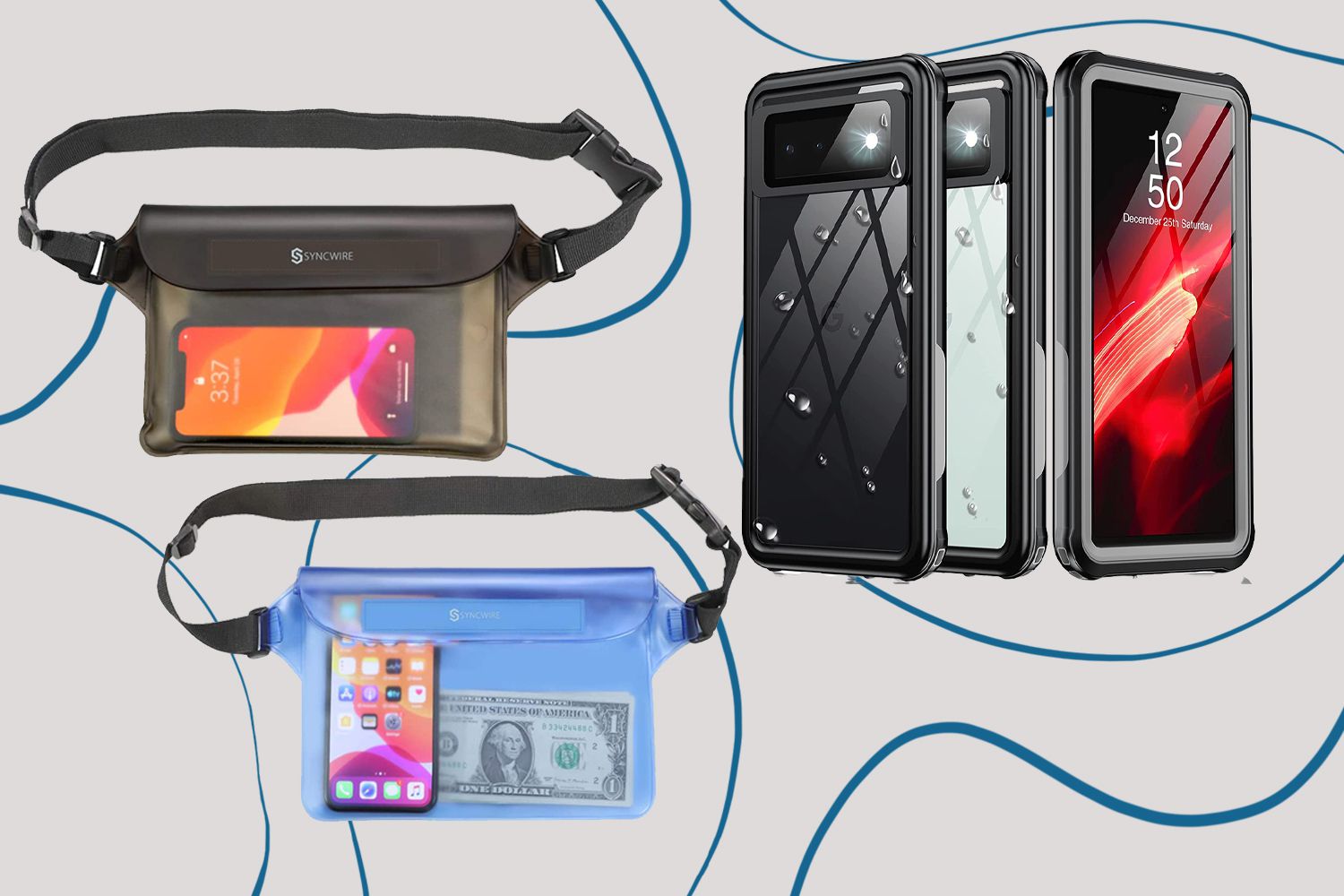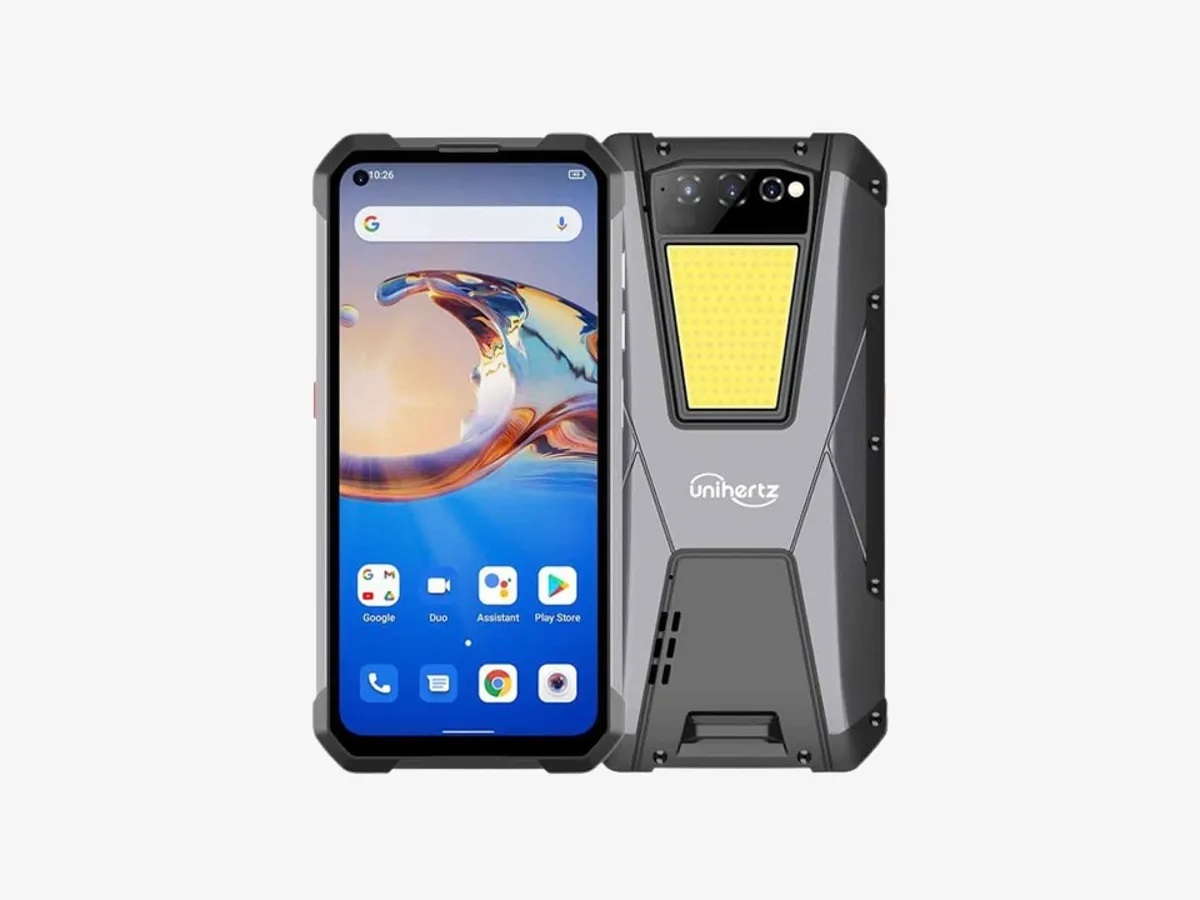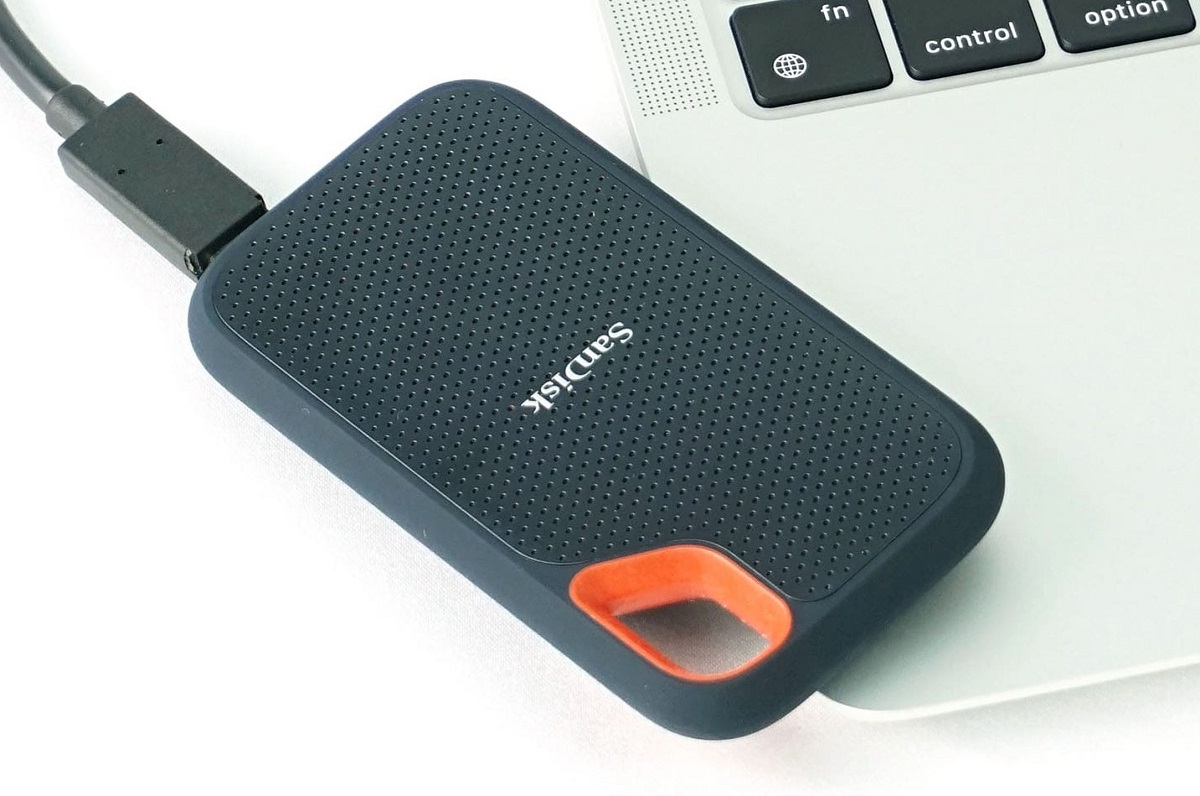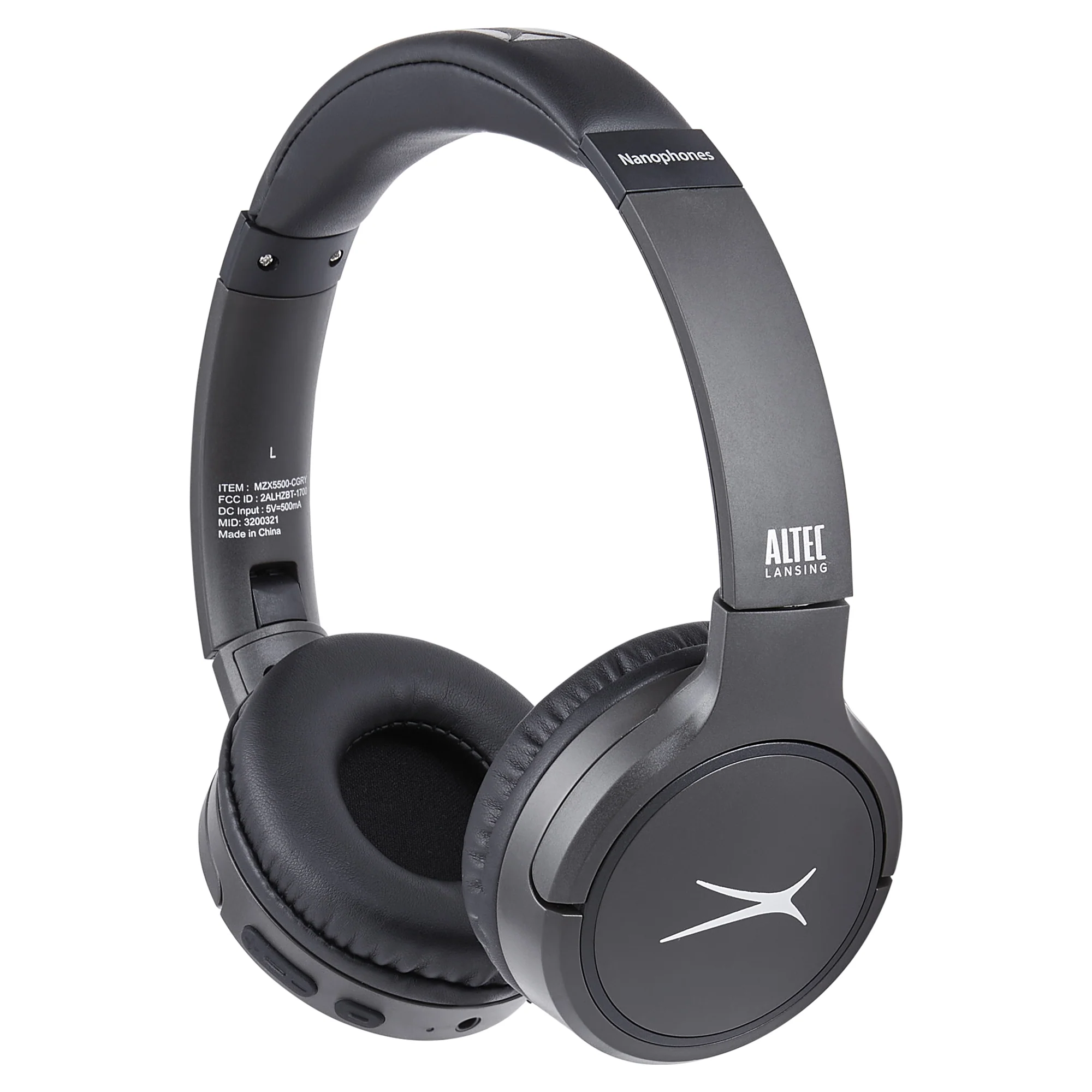Introduction
When it comes to smartphones, consumers are constantly seeking devices that can withstand the rigors of daily life. Whether it’s surviving accidental drops, enduring extreme weather conditions, or resisting water and dust damage, a rugged smartphone can provide the durability and reliability that many users desire.
In this article, we will explore the world of tough smartphones, taking a closer look at their design, build quality, performance, and additional features. From construction workers and outdoor enthusiasts to adventure seekers and parents worried about their children’s phone safety, a rugged smartphone can offer peace of mind and long-lasting performance.
With the ever-increasing demand for rugged smartphones, manufacturers have upped their game, creating devices that not only offer superior durability but also boast impressive specifications and features. So, if you’re someone who needs a smartphone that can handle the wear and tear of an active lifestyle, join us as we dive into the world of tough smartphones.
Design and Build Quality
One of the key aspects of a tough smartphone is its design and build quality. These devices are designed to withstand harsh conditions, including drops, shocks, and extreme temperatures.
Most rugged smartphones feature a reinforced chassis made from durable materials such as metal or high-grade polycarbonate. These materials provide excellent protection against impacts, ensuring that the device can withstand accidental drops without sustaining significant damage.
In addition to the sturdy construction, tough smartphones often come equipped with reinforced corners and rubberized edges, which offer further protection against drops and impacts. These additional features help absorb the impact force and minimize the risk of screen cracks or internal component damage.
Moreover, many tough smartphones are built to meet military-grade specifications, such as MIL-STD-810G. This certification ensures that the device can withstand extreme conditions including high and low temperatures, humidity, thermal shock, vibration, and more. Such devices are designed to handle the harshest environments, making them ideal for outdoor enthusiasts and professionals working in demanding industries.
Furthermore, tough smartphones often incorporate IP (Ingress Protection) ratings, indicating their resistance to water and dust. Devices with higher IP ratings can withstand being submerged in water for extended periods and can resist dust and dirt intrusion. This feature is particularly valuable for individuals working in wet or dusty environments, allowing them to use their smartphones without worrying about potential damage.
In terms of aesthetics, rugged smartphones tend to have a more robust and industrial look compared to their regular counterparts. While they may not boast sleek and slim designs, these devices make up for it with their durability and functionality.
Overall, the design and build quality of tough smartphones ensure that they can withstand the challenges of daily life, providing users with reliable and long-lasting devices that can withstand various environmental conditions.
Display
The display is a crucial aspect of any smartphone, and tough smartphones are no exception. While rugged devices prioritize durability, they also aim to provide a visually satisfying experience through their display technology.
Tough smartphones typically feature displays that are reinforced with scratch-resistant materials such as Corning Gorilla Glass. This added layer of protection ensures that the screen can withstand scratches and minor impacts, maintaining its clarity and functionality over time.
In terms of display technology, tough smartphones often incorporate IPS (In-Plane Switching) or AMOLED (Active-Matrix Organic Light-Emitting Diode) panels. IPS displays offer excellent color reproduction and wide viewing angles, ensuring that content on the screen remains vibrant and accurate regardless of the viewing angle.
On the other hand, AMOLED displays offer deep blacks, vibrant colors, and high contrast ratios. These characteristics make AMOLED screens well-suited for multimedia consumption, providing a visually immersive experience for users.
Additionally, some rugged smartphones come with features like sunlight visibility enhancements, allowing for improved screen visibility in bright outdoor environments. This feature is particularly useful for individuals who spend a lot of time working or adventuring outdoors, where sunlight reflection can often make the screen difficult to read.
Size-wise, tough smartphones come in various screen sizes, catering to different user preferences. Whether you prefer a compact device for one-handed use or a larger display for media consumption and productivity, there are rugged options available.
It is worth noting that while tough smartphones prioritize durability, their displays may not always have the highest resolutions or pixel densities compared to flagship smartphones. However, the focus on durability ensures that the display remains intact even in challenging conditions, providing a functional and reliable user experience.
To summarize, tough smartphones deliver displays that are not only tough but also offer vibrant colors, wide viewing angles, and enhanced visibility features. While they may not reach the pixel density levels of high-end flagship devices, the ruggedness and durability of their displays make them ideal companions for users who prioritize reliability in various environments.
Performance
Performance is a crucial factor to consider when choosing a tough smartphone. These devices need to be capable of handling demanding tasks and providing a smooth user experience, even in rugged environments.
Tough smartphones typically come equipped with powerful processors, ranging from mid-range to flagship-level chipsets. These processors ensure smooth multitasking, fast app launches, and efficient performance during demanding tasks such as gaming or video editing.
In addition to the processor, the amount of RAM plays a significant role in a smartphone’s performance. Most rugged smartphones offer ample RAM, allowing for seamless multitasking and smooth transitions between apps.
When it comes to storage, tough smartphones often provide generous internal storage capacities, ranging from 64GB to 256GB or more. This allows users to store large amounts of data, including photos, videos, and apps, without running out of space. Additionally, many rugged smartphones also offer expandable storage options, such as microSD card slots, providing even more flexibility to users.
Another aspect of performance to consider is the software optimization. Rugged smartphones usually run on the latest versions of Android or other operating systems, accompanied by custom UIs designed to enhance usability and provide additional features. These software optimizations ensure a smooth and intuitive user experience.
Furthermore, tough smartphones often come with dedicated features that enhance their performance in specific scenarios. For example, some devices offer thermal cooling systems to prevent overheating during extended gaming sessions or resource-intensive tasks. This ensures that the device remains cool and maintains peak performance levels.
Battery life is another critical aspect of performance in rugged smartphones. Since these devices are often used in outdoor or remote locations, having a long-lasting battery is crucial. Many tough smartphones come with large-capacity batteries to ensure all-day usage, and some even offer features like fast charging or wireless charging for added convenience.
To sum up, tough smartphones prioritize performance by offering powerful processors, ample RAM, generous storage options, and optimized software. These devices are designed to handle demanding tasks and provide a smooth user experience in rugged environments, making them reliable tools for professionals and outdoor enthusiasts alike.
Battery Life
Battery life is a crucial consideration when it comes to selecting a tough smartphone. These devices are often used in demanding environments where access to power sources may be limited, making long battery life essential.
Tough smartphones are designed to accommodate larger battery capacities to ensure extended usage without the need for frequent charging. Many rugged devices offer battery capacities ranging from 4000mAh to 6000mAh or higher, providing ample power to keep the device running throughout the day.
Additionally, rugged smartphones often incorporate power-saving features and optimizations to prolong battery life. These devices may include options to adjust screen brightness, optimize CPU usage, or enable battery-saving modes. These features help conserve battery power when it’s needed most, allowing users to stay connected in challenging environments.
Furthermore, some tough smartphones offer fast charging capabilities. This allows users to quickly charge their devices in short bursts of time, ensuring they are always ready to go. Wireless charging is also becoming increasingly common in rugged smartphones, providing added convenience and eliminating the need for charging cables.
In outdoor or remote environments, where access to power sources may be limited, some tough smartphones also offer the option for battery packs or extended battery modules. These additional accessories provide extra power on the go, allowing users to stay connected for longer periods without the need for external power.
It’s important to note that battery life can vary depending on the usage patterns and settings of the device. Intensive tasks such as gaming or video streaming will consume more power compared to basic tasks like phone calls or browsing the web. However, tough smartphones are designed to provide reliable and long-lasting battery performance, ensuring users stay connected even in challenging conditions.
In summary, battery life is a critical aspect of tough smartphones, and these devices aim to provide extended usage without the need for frequent charging. With larger battery capacities, power-saving features, and fast charging options, rugged smartphones offer reliable power for users in demanding environments.
Camera
The camera capabilities of a tough smartphone are important for capturing memorable moments in rugged environments. While these devices prioritize durability, they also aim to deliver impressive photography and videography experiences.
Most rugged smartphones come equipped with rear cameras ranging from single to multiple lenses, depending on the model and brand. These cameras typically have high-resolution sensors, allowing users to capture detailed photos and videos.
Many tough smartphones also incorporate advanced camera features such as optical image stabilization (OIS) or electronic image stabilization (EIS). These technologies help reduce camera shake, resulting in clearer and sharper images, particularly in challenging conditions or during active movements.
In terms of image processing, rugged smartphones often employ AI (Artificial Intelligence) capabilities to enhance photos. These AI algorithms can automatically detect scenes and optimize settings to deliver the best possible images. They can also assist in portrait mode, night mode, and other shooting modes, ensuring that users can capture stunning photos regardless of the lighting conditions.
In addition to photo capabilities, video recording is also an important aspect of a tough smartphone’s camera. These devices often support high-resolution video recording, including 4K or even 8K options, allowing users to capture professional-quality videos in rugged environments.
Furthermore, rugged smartphones tend to feature front-facing cameras designed for video calls and selfies. While the front cameras may not have the same specifications as the rear cameras, they still provide decent image quality for capturing self-portraits and participating in video conferences.
It’s worth noting that while tough smartphones strive to deliver excellent camera performance, they may not always match the imaging capabilities of high-end flagship devices. However, the ruggedness and durability of these devices make them well-suited for capturing adventures, outdoor activities, and other rugged and challenging environments.
To sum up, rugged smartphones offer capable cameras that allow users to capture high-quality photos and videos in challenging environments. From advanced image stabilization to AI-enhanced photography, these devices ensure that users can capture and preserve their memories, no matter where their adventures take them.
Operating System and Software
The operating system (OS) and software of a tough smartphone play a significant role in its overall functionality and user experience. These devices typically run on popular mobile operating systems like Android or iOS, with customized software to cater to the needs of rugged smartphone users.
Android is a common operating system found in many rugged smartphones. It offers a user-friendly interface, a vast library of apps, and seamless integration with Google services. Android allows users to personalize their device’s appearance and functionality through various customization options and app selections.
Some rugged smartphones also come equipped with modified versions or custom user interfaces (UI) built on top of the base Android system. These customizations offer additional features and optimizations specific to rugged use cases, such as dedicated outdoor apps, gesture controls, power management tools, or simplified navigation options.
On the other hand, some tough smartphones run on iOS, Apple’s proprietary operating system. iOS provides a smooth and secure user experience with a well-curated app store and seamless integration with other Apple devices. These devices benefit from regular updates and strong app compatibility, making them a popular choice among users already invested in the Apple ecosystem.
Regardless of the operating system, tough smartphones often come preloaded with specialized software designed to enhance their functionality in rugged environments. This software may include outdoor navigation apps, weather trackers, flashlight tools, or even specialized work-related applications.
Furthermore, rugged smartphones tend to receive regular software updates to not only provide bug fixes and security enhancements but also introduce new features and improvements. These updates help ensure that the device remains up to date with the latest software advancements, providing users with a reliable and optimized user experience.
It’s important to note that the availability of software updates and customizations may vary depending on the brand and model of the rugged smartphone. It is advisable to research and consider the track record of software support when making a purchasing decision.
In summary, the operating system and software of tough smartphones offer a familiar user experience combined with customized features and rugged-specific software. Whether running on Android or iOS, these devices strive to provide a reliable and optimized user interface, ensuring seamless functionality in rugged and challenging environments.
Durability
Durability is the defining characteristic of a rugged smartphone. These devices are designed to withstand the harshest conditions and endure the wear and tear of everyday use in rugged environments.
One of the primary factors that contribute to the durability of a rugged smartphone is its construction. Tough smartphones often feature reinforced frames and chassis made from durable materials such as metal or high-grade polycarbonate. These materials provide excellent protection against impacts, ensuring that the device can withstand accidental drops without sustaining significant damage.
In addition to the sturdy construction, tough smartphones often undergo rigorous testing to meet military-grade standards such as MIL-STD-810G. This certification ensures that the device can withstand extreme conditions, including high and low temperatures, humidity, thermal shock, vibration, and more. The rugged design and construction of these devices make them capable of handling the most demanding environments.
Furthermore, many rugged smartphones come with reinforced corners and rubberized edges, which provide additional protection against drops and impacts. These features help absorb the impact force and minimize the risk of screen cracks or internal component damage.
In terms of display durability, tough smartphones often incorporate scratch-resistant materials like Corning Gorilla Glass. This adds an extra layer of protection, preventing scratches and minor impacts from compromising the clarity and functionality of the screen.
Water and dust resistance are also important aspects of durability in rugged smartphones. Many tough devices carry IP (Ingress Protection) ratings, indicating their resistance to water and dust. Devices with higher IP ratings can withstand being submerged in water for extended periods and resist dust and dirt intrusion, making them suitable for outdoor use and challenging work environments.
It’s worth mentioning that while rugged smartphones are built to be durable, they still require proper care and handling to maintain their longevity. Users should follow recommended guidelines and take necessary precautions to prevent damage to the device. This includes using protective cases, avoiding extreme temperatures, and being mindful during rough outdoor activities.
In summary, the durability of rugged smartphones is ensured through their robust construction, adherence to military-grade specifications, reinforced corners and edges, scratch-resistant screens, and water and dust resistance. These devices are designed to withstand the toughest conditions, making them reliable tools for individuals working or adventuring in rugged environments.
Water and Dust Resistance
Water and dust resistance is an essential feature of rugged smartphones, allowing them to withstand challenging environmental conditions. These devices are designed to provide reliable performance even in wet and dusty environments.
Rugged smartphones often carry IP (Ingress Protection) ratings, which indicate their level of resistance to water and dust. The IP rating consists of two numbers, with the first number representing dust resistance, and the second number representing water resistance.
The dust resistance rating ranges from 0 to 6, with higher numbers indicating better protection against dust and particles. A device with an IP6X rating means it has complete protection against dust infiltration, ensuring that the internal components are safe from harmful particles and debris.
When it comes to water resistance, the rating ranges from 0 to 9, with higher numbers indicating better protection against water intrusion. A device with an IPX7 rating can withstand being submerged in water up to a certain depth, typically around 1 meter, for a specific period, usually around 30 minutes, without sustaining water damage.
It’s important to note that the water and dust resistance of a tough smartphone is not absolute and may have limitations. While these devices are designed to withstand water immersion and offer protection against dust, they may not be suitable for prolonged exposure to water, especially in situations involving high water pressure or extreme depths.
In addition to the IP rating, many rugged smartphones incorporate additional features to enhance their water and dust resistance. These features may include sealed ports and covers to protect the device’s vulnerable areas, such as the charging port and SIM card tray.
It’s worth mentioning that even with water and dust resistance, proper care and maintenance are essential. Users should ensure that all ports are securely closed and avoid exposing the device to unnecessary risks, such as submerging it in water beyond its specified limits or exposing it to excessive dust conditions.
In summary, water and dust resistance are critical features of rugged smartphones, as they allow the devices to perform reliably in harsh environmental conditions. The IP rating, along with additional protective features, ensures that these devices can withstand water immersion and resist dust intrusion, making them ideal companions for individuals who work or engage in outdoor activities in challenging environments.
Storage
Storage capacity is an important consideration when choosing a rugged smartphone. These devices need to offer ample space to store photos, videos, apps, and other data, especially for users who work or venture into rugged environments where cloud storage may not be readily accessible.
Tough smartphones typically come with generous internal storage capacities, starting from 64GB and ranging up to 256GB or even higher in some models. This allows users to store a significant amount of data directly on their device without worrying about running out of space.
In addition to internal storage, many rugged smartphones offer expandable storage options, such as microSD card slots. This allows users to increase their storage capacity by inserting a memory card, making it easy to carry a vast amount of data with them, such as maps, documents, or multimedia files.
Having ample storage is particularly important for individuals who work in fields such as architecture, engineering, or photography, where large files need to be stored and accessed on the device itself, rather than relying solely on cloud-based solutions.
Rugged smartphones also tend to prioritize storage performance, ensuring fast read and write speeds for smoother operation. This is important when dealing with large files or when utilizing resource-intensive applications that require quick access to data.
It’s worth noting that the amount of available storage may vary depending on the device’s pre-installed software and system files. Thus, the actual usable storage capacity may be slightly less than the stated capacity.
For users who prefer to store their data in the cloud, rugged smartphones often offer seamless integration with various cloud storage services. This allows for easy backup and synchronization of data, providing an additional layer of data security and flexibility.
In summary, rugged smartphones offer generous internal storage capacities along with expandable storage options, allowing users to store and access a significant amount of data directly on their device. With fast storage performance and seamless cloud integration, these devices provide the versatility and flexibility needed for individuals working or adventuring in rugged environments.
Additional Features
Aside from durability and functionality, rugged smartphones often come packed with additional features that cater to the specific needs of users who work or adventure in challenging environments. These features enhance the overall user experience and provide added convenience and versatility.
One of the common additional features found in rugged smartphones is enhanced GPS functionality. These devices often come equipped with advanced GPS modules that offer improved accuracy and faster satellite signal acquisition. This makes them valuable tools for outdoor enthusiasts, hikers, or professionals who depend on precise location tracking and navigation.
Wireless connectivity options are also a notable feature of rugged smartphones. These devices typically support Wi-Fi and Bluetooth connectivity, allowing users to stay connected and transfer data wirelessly. Some rugged models even offer NFC (Near Field Communication) capabilities, enabling contactless payment systems or quick data transfer between compatible devices.
Many rugged smartphones also include built-in sensors that enhance their functionality in outdoor or work scenarios. These sensors can include an accelerometer, gyroscope, compass, barometer, or even a dedicated SOS button. These features provide users with enhanced navigation, orientation, and emergency response capabilities.
Another important feature of rugged smartphones is long-life batteries. These devices often incorporate larger battery capacities, ensuring longer usage time, especially in remote or off-grid environments. A long-lasting battery is crucial, providing continuous power to stay connected and functional for extended periods without requiring frequent charging.
In terms of audio capabilities, rugged smartphones may come with loudspeakers with enhanced sound quality or noise-canceling features for clearer communication in noisy environments. Some devices also offer the option for high-quality audio recording, which is useful for professionals or individuals who rely on clear audio documentation during their work or outdoor activities.
Security is another aspect that rugged smartphones prioritize. These devices often feature fingerprint sensors or facial recognition technology to provide convenient and secure access to the device and sensitive data. Some models may even have additional security features, such as secure folders or encrypted storage, to protect confidential information.
Lastly, durability-focused accessories are often available for rugged smartphones, such as rugged cases, belt clips, or car mounts. These accessories provide additional protection and convenient ways to carry or use the device in various scenarios, further enhancing the overall rugged experience.
In summary, rugged smartphones come equipped with additional features that enhance their functionality and cater to the needs of individuals in demanding environments. These features include advanced GPS capabilities, wireless connectivity options, built-in sensors, long-life batteries, improved audio quality, enhanced security features, and compatible accessories. These features make rugged smartphones all-round tools that are well-suited for work, outdoor adventures, and other rugged use cases.
Conclusion
Rugged smartphones are designed to provide durability, functionality, and reliability in challenging environments. These devices offer a range of features and specifications that make them ideal companions for individuals working in rugged industries, outdoor enthusiasts, adventurers, or anyone seeking a smartphone that can withstand the rigors of daily life.
In terms of design and build quality, rugged smartphones boast reinforced chassis, rubberized edges, and military-grade specifications, ensuring they can handle accidental drops, shocks, extreme temperatures, and more. Their robust construction and scratch-resistant displays make them well-suited for demanding environments.
Performance-wise, rugged smartphones come equipped with powerful processors, ample RAM, and generous storage capacities. They offer optimized software, ensuring smooth multitasking, fast app launches, and efficient performance even during resource-intensive tasks.
Battery life is a key consideration for rugged smartphones, with larger capacities and power-saving features that allow for extended usage without frequent charging. These devices are designed to withstand the challenges of outdoor or remote environments, ensuring users stay connected for longer durations.
The camera capabilities of rugged smartphones allow users to capture stunning photos and videos in tough conditions. With advanced features, such as image stabilization, AI enhancements, and high-resolution video recording, these devices provide impressive imaging capabilities for documenting adventures or professional work.
The operating system and software of rugged smartphones offer a smooth and intuitive user experience, with customized features and software optimizations specific to rugged use cases. These devices provide reliable performance and compatibility with a wide range of apps and services.
Durability is a defining characteristic of rugged smartphones, as they are built to withstand impacts, drops, dust, and water. With IP ratings, reinforced corners, and ruggedized construction, these devices can handle the most demanding environments, making them reliable tools for professionals and outdoor enthusiasts.
Lastly, rugged smartphones often come packed with additional features such as enhanced GPS, wireless connectivity options, built-in sensors, long-life batteries, improved audio quality, security features, and compatible accessories. These features further enhance the overall rugged experience and provide added convenience and versatility.
In conclusion, rugged smartphones offer a blend of durability, functionality, and versatility that caters to the unique needs of individuals working or venturing into challenging environments. These devices deliver reliable performance, impressive imaging capabilities, and extended battery life, all while withstanding drops, dust, and water. Whether you’re a construction worker, outdoor enthusiast, or an adventurer seeking a smartphone that can handle it all, rugged smartphones are a reliable choice.

























